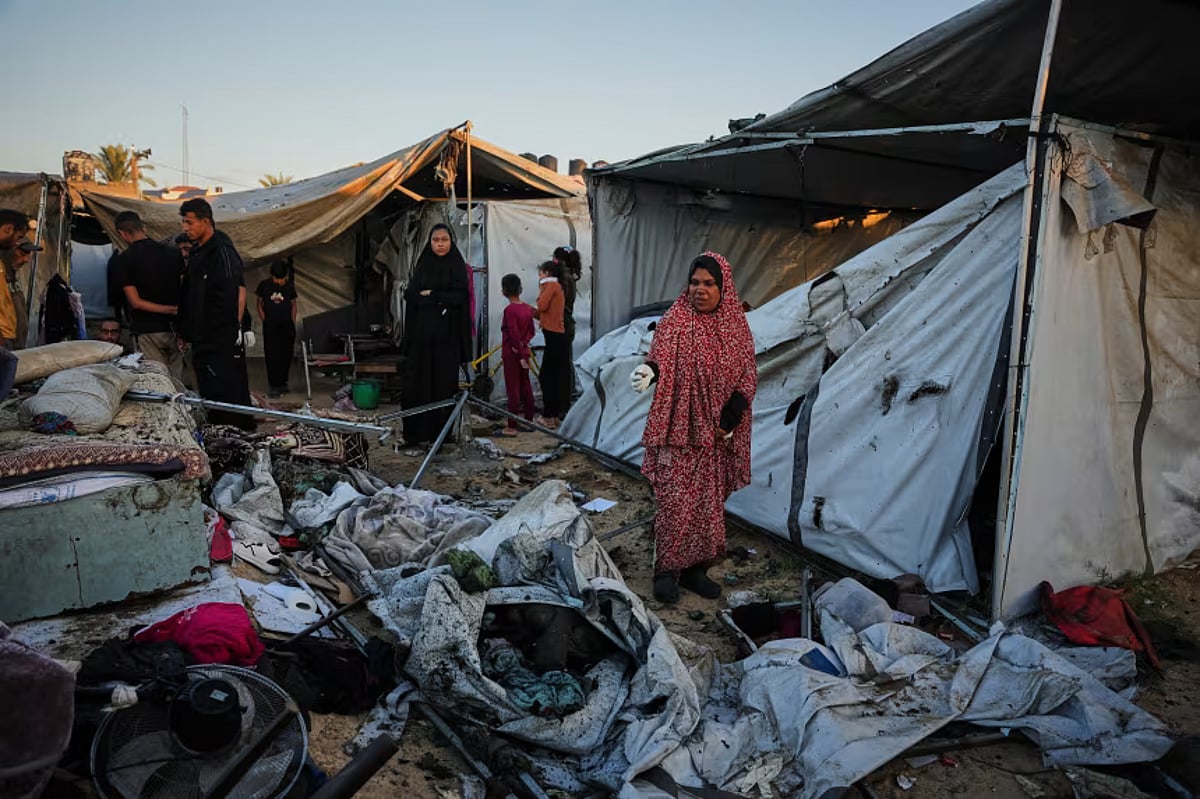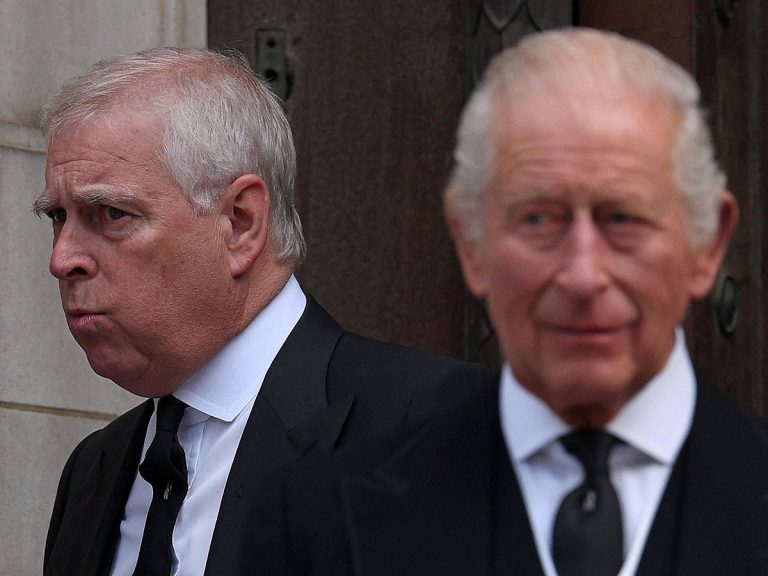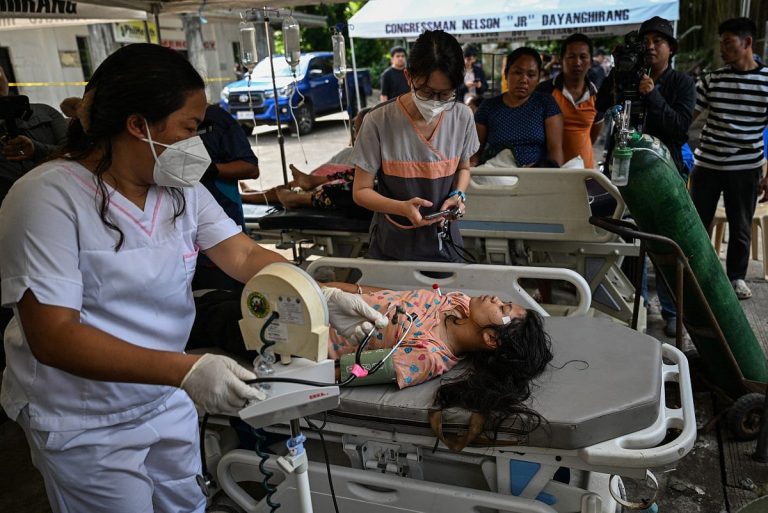Casualties Increase in Gaza Amid Israeli Airstrikes
Recent Israeli airstrikes in Gaza have resulted in significant casualties, with reports indicating at least 50 fatalities, including 22 children. The situation has escalated dramatically, drawing international attention and concern over the humanitarian impact of the conflict.
Details of the Strikes
According to Gaza’s civil defense agency, the strikes began late Tuesday and have continued into Wednesday, leading to widespread devastation. Spokesman Mahmud Bassal reported that approximately 200 individuals have sustained injuries, describing the circumstances as “catastrophic and terrifying.” He emphasized that these attacks represent a clear violation of the existing ceasefire agreement.
Israeli Military Response
In response to the ongoing violence, the Israeli military stated that their operations targeted 30 militant commanders within Gaza. This assertion highlights the complex nature of the conflict, where military objectives are often intertwined with civilian safety concerns.
FAQs
What is the current situation in Gaza?
The situation in Gaza remains dire, with ongoing airstrikes resulting in numerous casualties and injuries, raising alarms about the humanitarian crisis.
How many children have been affected by the strikes?
At least 22 children have been reported among the fatalities due to the recent airstrikes, underscoring the tragic impact on civilians.
What actions are being taken to address the conflict?
International entities are closely monitoring the situation, and diplomatic efforts are underway to restore peace and uphold the ceasefire agreement.
Conclusion
The recent escalation in violence in Gaza has led to significant loss of life and injuries, particularly among vulnerable populations. As the situation develops, it is crucial for international stakeholders to engage in dialogue to prevent further humanitarian crises and work towards a sustainable resolution.
The ongoing conflict between Israel and Hamas has a long and complex history, marked by cycles of violence and attempts at ceasefire. The latest escalation follows a period of relative calm, which had been fragile at best. The region has seen numerous flare-ups since the last major conflict in May 2021, when hostilities erupted over issues including evictions in East Jerusalem and clashes at the Al-Aqsa Mosque. The humanitarian situation in Gaza has been exacerbated by an ongoing blockade, which has severely restricted the movement of goods and people, leading to widespread poverty and limited access to essential services.
International responses to the violence have varied, with some countries calling for immediate ceasefire and others supporting Israel’s right to defend itself against attacks from militant groups. The United Nations and various human rights organizations have expressed deep concern over the rising civilian casualties, urging both sides to adhere to international humanitarian law. The situation has prompted protests and demonstrations in various parts of the world, with activists advocating for the protection of civilians and a renewed focus on peace negotiations.
As the conflict continues, the impact on the civilian population in Gaza is becoming increasingly dire. Hospitals are reportedly overwhelmed with the influx of injured individuals, and the destruction of infrastructure has hampered medical response efforts. Access to clean water, food, and electricity is becoming more limited, further complicating the humanitarian crisis. The international community is faced with the challenge of balancing immediate humanitarian assistance with long-term solutions to address the underlying issues fueling the conflict. Diplomatic efforts are ongoing, with various stakeholders emphasizing the need for a two-state solution as a pathway to lasting peace in the region.
Also Read:
Israeli Airstrikes in Gaza Cause Over 100 Casualties







